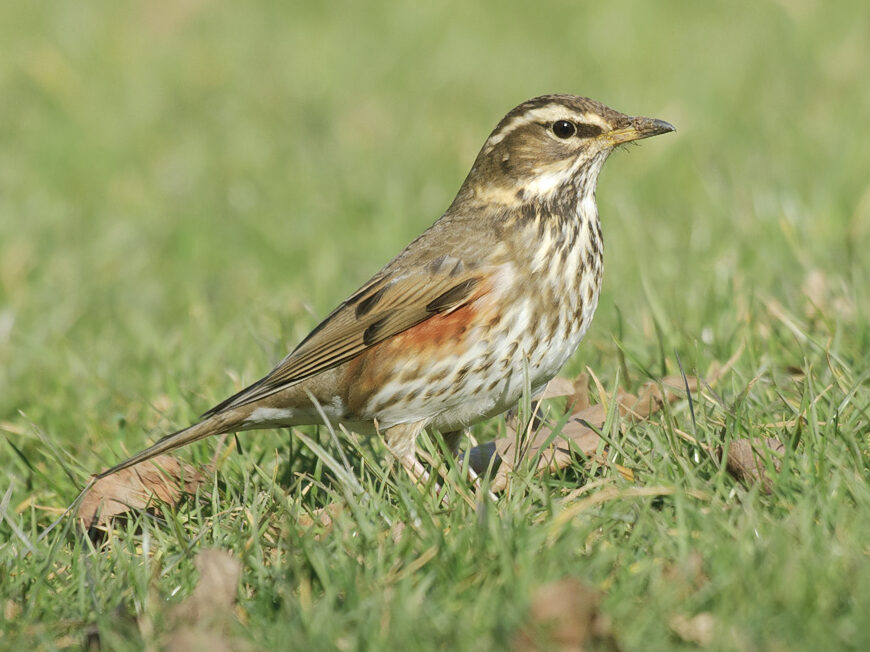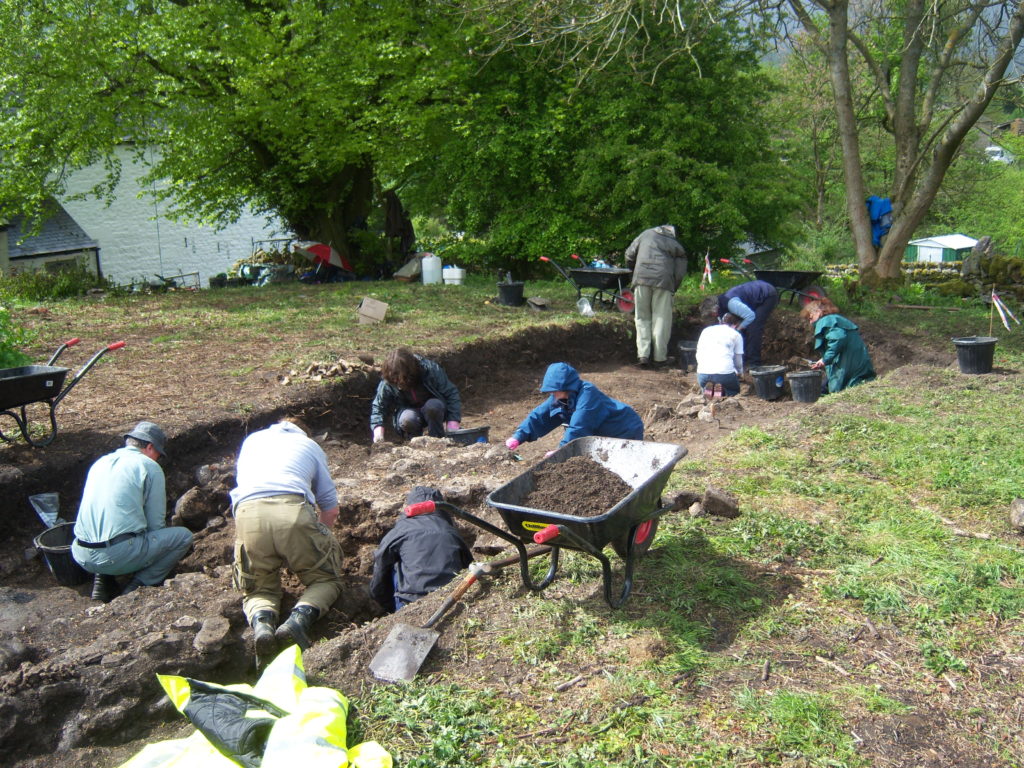News
From Fjords to fells: return of the fieldfare
From Fjords to fells: return of the fieldfare
by Emma Wright, North Pennines AONB Partnership
There’s a new silence when the swallows leave. In the weeks leading up to their departure, they fill the skies and line the telephone wires, chattering (I imagine) of their journey ahead and of prevailing winds. Then, abruptly, they’re gone: chasing the summer over the Sahara to southern Africa.
It is three weeks since we said farewell to the swallows from my home on the northern edge of the North Pennines AONB. The seasons keep turning, and in recent days I’ve been thrilled to see small flocks of winter migrants – flurries of fieldfare and redwing – feeding in our hedgerows once more.
How wonderful, that our patch of this soggy green island on the edge of the Atlantic is both summer and winter destination for so many birds. Taking near-impossible journeys across the Sahara, over perilous hunting grounds of the Mediterranean and landing eventually here in the North Pennines, spring sees the arrival of cuckoos, wood warblers, ring ouzel, swifts and many others, come to raise their chicks here. Winter migrants have an equally hazardous journey. The fieldfare that I saw yesterday have travelled from Scandinavia, Finland or Russia. Each bird weighs less than an apple, yet they will have battled through autumn storms, flown over the North Sea and barely stopped to rest for several thousand miles.
Fieldfare are similar in size to mistle thrush. Redwing are smaller and slighter, more like a song thrush. The markings of both birds are striking, and as colour seeps away from our landscape, they are a welcome sight. A low winter sun will show a flash of silver beneath fieldfare wings, a pale rump and a long dark wedge of a tail. Redwings – as their name suggests – have a gorgeous rusty-red patch beneath their wings, and a strong white stripe above their eye. Fieldfare are noisy, with a clattering ‘schack-schack-schack’ call. You can sometimes hear flocks of redwing on autumn nights, making thin whistling contact calls to each other as they migrate south. Both birds tend to stay in flocks through the winter and often intermingle. Once the leaves have fallen from the trees, identifying these winter visitors becomes much easier as they congregate on bare branches, feeding on berries or else flock in pastures, seeking worms and beetles in the winter soil.
Fieldfare and redwing are joined by many other migrant species who travel south and west to the UK for our relatively mild winters and plentiful daylight hours. Populations of starlings, blackbirds, bramblings and siskin travel here from as far east as Russia and the Baltic, and as far north as the Arctic Circle. For these birds and for those who are resident year-round, the jewel-like hawthorn berries and rose hips currently filling our hedgerows are a vital food resource as they recover from their journey and stock up for the winter.
A thick, dense hedge in good ‘heart’ provides food and shelter to birds through the winter months. When a hedgerow is cut hard every year, its stems become twisted and stressed. Over time it grows gappy and lean. Conversely, when a hedgerow is allowed to increase a little in height and width each year, its stems remain dense and healthy. A hedgerow cut every three years produces about three times as many fruit as one cut every year. Trees left to grow out of the hedgerow every few hundred metres provide additional food and roosting sites for birds through the winter.
Our nature-friendly farms, woodlands, fells and gardens in the North Pennines offer food and shelter for migratory birds each winter, and breeding places for summer migrants to raise their chicks. Here at the North Pennines AONB Partnership, we are working with farmers and landowners to ensure that the epic migrations these birds take are not in vain; that they have the resources they need when they arrive.
Farmers in Tees-Swale: naturally connected work with our Farm and Nature Officers to connect and improve hedgerows and scrub, providing more winter food and shelter for over-wintering birds. If you would like to know more about improving habitats for migratory birds, please get in touch.
Let us know when you see winter migrants – their journeys are incredible, and well-worth celebrating. Share your sightings with us via our Nature and wildlife in the North Pennines Facebook group. Find out more about submitting wildlife records to iRecord and iNaturalist here.
Images (c) www.northeastwildlife.co.uk












